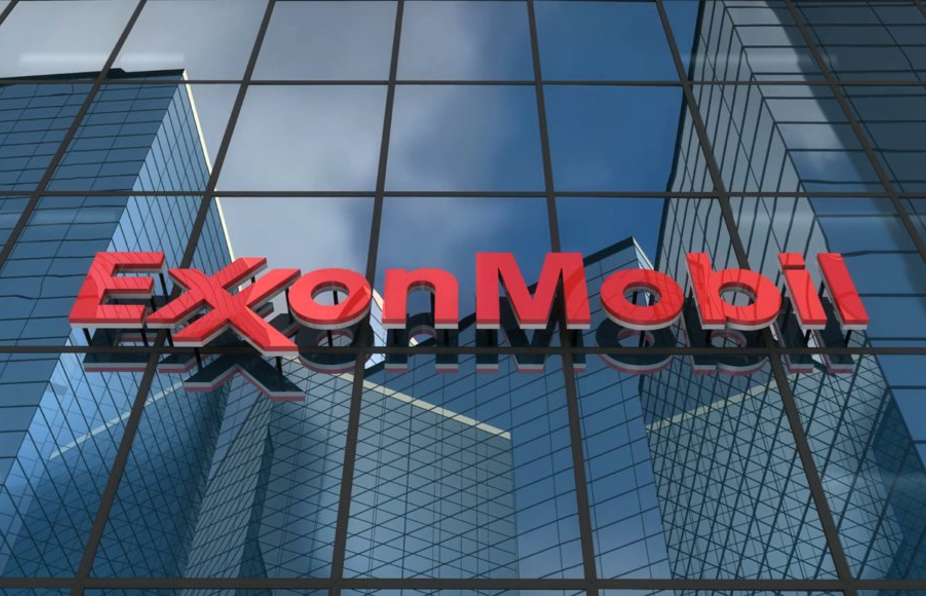The Wall Street Journal (WSJ) today reported that the US Securities and Exchange Commission (SEC) has begun a probe of ExxonMobil after an employee alleged that the oil company overvalued one of its key assets in the Permian Basin.
Citing a complaint it said it has seen, the WSJ said that several persons involved in valuing a key asset in the Permian – the highest producing US oil field – alleged that during an internal assessment in 2019 employees were forced to use unrealistic assumptions about how quickly the company could drill oil wells there so as to arrive at a higher value.
The WSJ said that at least one of the employees who complained had been fired last year.
While the SEC probe will not impinge on Exxon’s operations here, it underlines the challenge that Guyanese regulatory authorities face here as it relates to the oil major’s valuation of oil fields and other areas such as production costs.
In a comment today on the SEC probe, attorney Melinda Janki told Stabroek News “This investigation by the SEC into ExxonMobil’s asset values validates the warning by the global energy think tank, IEEFA, that Guyana’s relationship with ExxonMobil is a cause for concern. It also demonstrates the Government’s folly in trying to move ahead with such an untrustworthy partner as ExxonMobil, and the increasing risk that oil will make Guyana poorer not richer”.
The WSJ said that the SEC began probing the matter after receiving the complaint. A SEC spokesman declined a comment to the WSJ. Exxon spokesman Casey Norton declined to comment on the existence of a probe, the newspaper said.
The WSJ noted that in November last year, Exxon retreated from an ambitious plan by Chief Executive Darren Woods to pump up its overall oil and gas output by a million barrels per day by 2025. The newspaper said that Woods’ Permian growth plans dismayed some Exxon employees who saw them as unrealistic.
In March 2019, the WSJ said that Woods stated that Exxon would hike oil and gas production in the Permian to one million barrels a day as early as 2024, up from the previous estimates of 600,000 by 2025. The WSJ said that the new target would amount to roughly 25% of Exxon’s overall production before the COVID-19 pandemic.
“No one I knew in the organization thought this was possible; the pressure to deliver on Woods’ promise to the market permeated the organization”, the WSJ reported the whistleblower as saying. The newspaper said that key to Woods’ goal was boosting production on the Permian acreage that Exxon acquired in 2017 for US$6.6b in an area called the Delaware Basin.
The WSJ said that, as it had previously reported, some Exxon managers in 2018 had initially put the net present value (NPV) of the Delaware Basin at around US$60b while some employees involved in the company’s annual development planning had estimated during 2019 that the area’s NPV was closer to US$40b.
The newspaper said that the whistleblower complaint stated that the lower estimate reflected that it took longer than expected to drill wells in 2018. The WSJ said that after employees delivered the new number an Exxon official allegedly asked that they “claw back” some of the lost value by using different assumptions, the whistleblower complaint contended. These assumptions included a more optimistic “learning curve” which estimated the rate at which they would better drilling times. The WSJ report said that some employees objected to using the new learning curve which they viewed as unrealistic. One employee submitted the revised estimates in a file named “This is a Lie”, according to the whistleblower complaint. The development planners eventually estimated the NPV at US$50b – US$10b down from what had been previously floated.
The WSJ said that Exxon had previously told it that it was common for disagreements during the planning process. The WSJ said that while Exxon has never publicly disclosed the Delaware Basin valuation, the Head of its oil and gas division, Neil Chapman had said in March that the company had steadily improved drilling times and costs.
The size of the Permian underscores the value to Exxon from its Guyana operations. The Liza-1 is producing 120,000 barrels daily. The Liza-2 is to begin producing 220,000 barrels per day by early next year and Payara is expected to begin producing 220,000 barrels per day in 2024. More platforms are also planned here.









